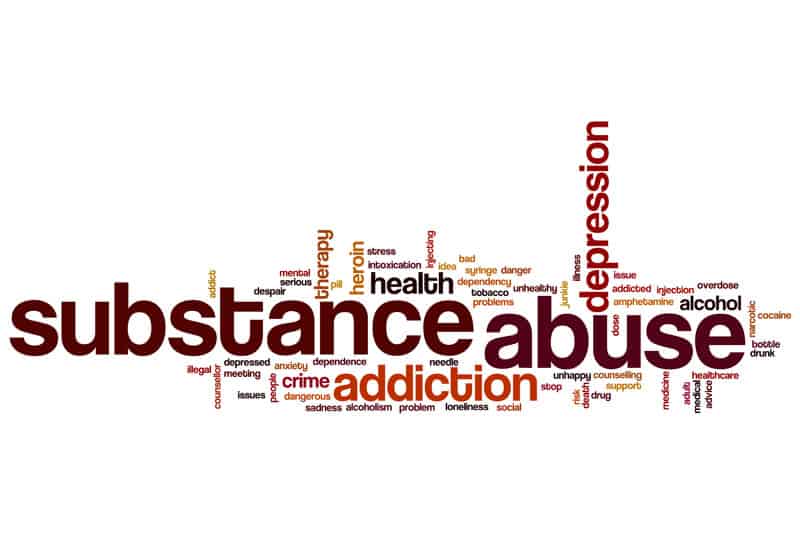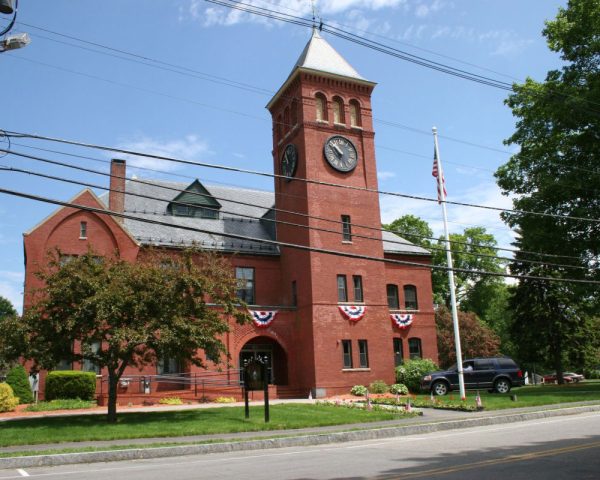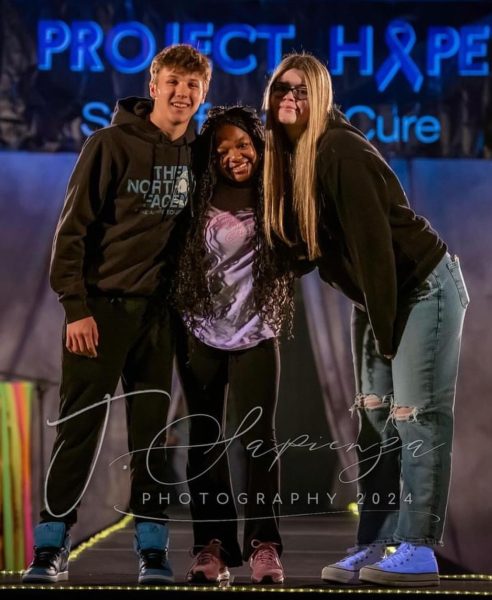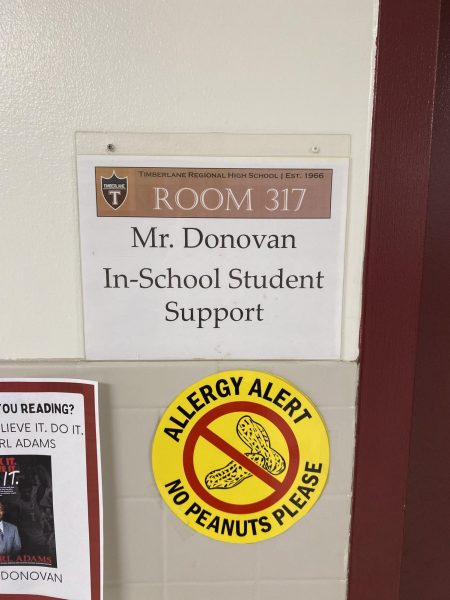Increase in Fentanyl Overdoses In The U.S.
April 21, 2022
Fentanyl is classified by the DEA as “an synthetic opioid that is 80-100 times stronger than morphine.” Overdose by definition from Merrimack Webster is “too great a dose (as of a therapeutic agent).” Recently these two words fentanyl and overdose have been tied to the United States, and shows that the U.S has had a 38.1 % increase in opioid deaths, reported by DEA.
To start off in the year of 2021, The CommonWealth Reported that, “The death toll during the first six months of 2021 was an estimated 53,000 people, higher than any continuous six-month period in 2020 and on pace for a new annual record by the end of the year.” This shows that the bumpy road of overdose due to fentanyl has long been a situation that has grown, but started to spike significantly in 2021. This has been due to the unknown fact that some of the time fentanyl is mixed with many other drugs, and by the time someone decides to use a drug they have no idea fentanyl is in it. CommonWealth reported that, “These deaths continue to be driven by potent synthetic opioids such as fentanyl and carfentanil that are increasingly mixed — sometimes unknowingly — with other drugs like cocaine and methamphetamine.” With this being said it creates an environment where fentanyl is easily distributed.
This turmoil of fentanyl being mixed with other illegal drugs has become an unknown fact by drug users, and its drugs continue to spiral in the United States. The DEA explains how drug handlers are able to distribute fentanyl without the buyer knowing, “These mass-overdose events typically occur in one of the following recurring scenarios: when drug dealers sell their product as “cocaine,” when it actually contains fentanyl; or when drug dealers sell pills designed to appear nearly identical to legitimate prescriptions, but are actually fake prescription pills containing fentanyl.” Drug distributors are able to hide the real drug behind the identity of a fake one. The DEA also reports that “Fentanyl is driving the nationwide overdose epidemic. The CDC estimates that in the 12-month period ending in October 2021, more than 105,000 Americans died of drug overdoses, with 66 percent of those deaths related to synthetic opioids like fentanyl.” With the DEA reporting these facts to the public it should be a clear warning to all. One would think that a warming and statistics like this one from NCDAS “More than four (4) times as many people died from drug overdose (OD) than from homicide in the first month of 2021,” people would make smarter choices. The drug makers continue to do this because it is a cheaper alternative, than making the illegal drugs and only that one drug asked for, and people are still paying the same.
People every day suffer from the life of addiction and substance abuse, however there are also people who work through the addiction and find the help they need to recover. One story is about someone by the name of Teacup. NPR reports on the story and titles it That Fentanyl — That’s Death’: A Story Of Recovery In Baltimore. The real name of Teacup is Andrea Towson, and NPR followed her around during her time of addiction where they say her routine consisted of “waking up, trying to make money for heroin, looking for heroin, buying heroin, shooting it and then starting that process all over again.” Teacup had finally hoped to recover and made her way to the recovery center Penn North.
The life changing moment that Teacup had was her moment with fentanyl. NPR says “Towson had her own near-death experience with fentanyl more than a year and a half ago, during a blizzard that dropped more than 2 feet of snow on Baltimore. She was getting high with a group of people, she told us. She and another woman were given the task of testing a new batch of dope. She wouldn’t know until later that it was laced with fentanyl. It would be her first and last taste of the drug.” This is when she decided that she was done with her lifestyle and wanted a change. This is when she decided after seeing people die, her almost dying, and see the pain that drugs were bringing into her life it was time to find help. She now attends meetings daily, sticks to her schedule, and is working with nonprofit organizations. This story shows a true battle that has been fought, and the true harm that fentanyl has had on people. People believe that recovery can be impossible but faced with those last few minutes of life it changes a perspective. This story shows that people should not wait till that life death moment. Ask for help now.
Communities provide many helplines for substance abusers. These helplines include SAMHSA’s(SUbstance Abuse and Mental Health Services Administrations) National Helpline. SAMHSA reports that “SAMHSA’s National Helpline is a free, confidential, 24/7, 365-day-a-year treatment referral and information service for individuals and families facing mental and/or substance use disorders,” and one can contact by calling 1-800-662-HELP(4375). The website, https://www.samhsa.gov/find-help/national-helpline, also provides many outlets and information to help with drug abuse, withdrawals, and recovery. Drug addictions continue to endanger the lives of abusers, influencers, and bystanders. There are many helplines, resources, recovery centers, rehabs, and people who are there to help.



